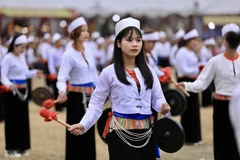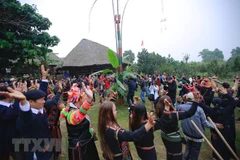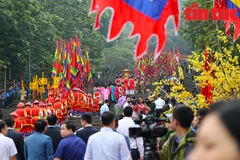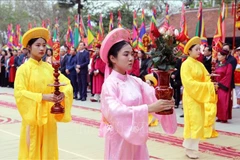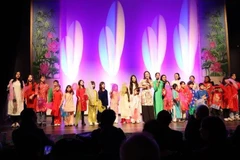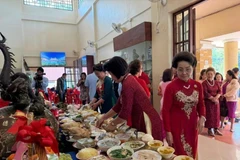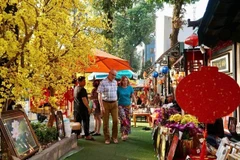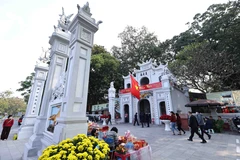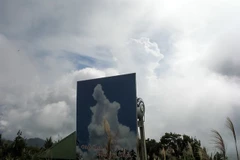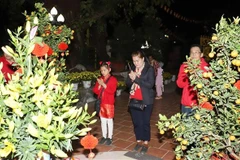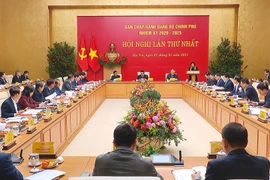The Hue ancient capitalcomplex in the central province of Thua Thien-Hue was the nationalcapital from 1802 to 1945 under the Nguyen dynasty.
The success of the August Revolution in 1945 put an end to the 143-yearreign of this dynasty. Fierce fighting, notably in 1947 and 1968, andtwo severe floods in 1953 and 1971 subsequently ruined many buildings inthe complex.
In 1982, a Hue-UNESCO working groupwas established to take charge of the restoration of the relic site andin 1993 the complex became the first in Vietnam to be recognised as aworld cultural heritage by UNESCO.
Since then, Huecity has exerted every effort to preserve the heritage’s value. The HueRelic Conservation Centre has coordinated with provincial departmentsand offices to conserve the site, particularly through a project thatlasted from 1996 to 2010.
Thanks to the project,conservation work has been carried out systematically, restoring relicsites, intensifying international cooperation and applying scientificadvancement.
During 1996-2013, 800 billion VND wasspent on restoring 100 architectural buildings. Most recently, a projecton the entire restoration of the complex worth nearly 1.3 trillion VNDhas been implemented, opening up the promise of the comprehensiverecovery of the whole site
The work has receivedpraise from UNESCO and other international organisations. However, thelocality is facing a lot of challenges, including the impacts ofenvironmental pollution and climate change. The resettlement of peopleliving around the complex is also concerning local authorities. Atpresent, there remain over 3,000 households living within the complexplanning area.-VNA
